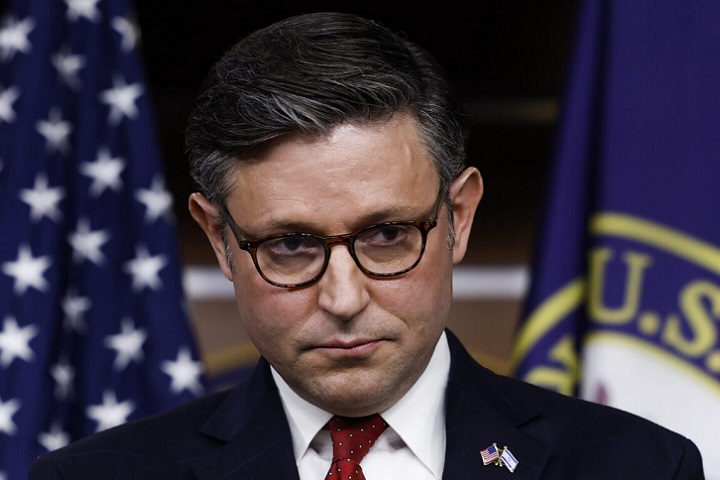THIS DAWN — President Donald Trump on Thursday signed a bipartisan bill to reopen the United States government, ending a shutdown that had closed several federal agencies and furloughed hundreds of thousands of employees.
The measure, approved by Congress earlier in the day, provides funding to restore government operations and ensures back pay for affected workers.
The action concludes days of negotiations between the White House and lawmakers over key budget priorities.
In a brief statement, President Trump said the agreement “restores the operations of the federal government and delivers relief to hardworking public servants.”
He thanked congressional leaders from both parties for their cooperation and said the administration would continue discussions on a longer-term funding plan.
Background
The shutdown began after disagreements between the administration and Congress over spending levels and specific allocations, including border security and domestic programs.
The funding lapse led to the closure or reduced operations of several federal departments.
Meanwhile, essential services such as law enforcement, air traffic control and national security continued under limited capacity.
During the shutdown, thousands of employees worked without pay or were placed on temporary leave.
Public services, including visa processing, national parks, and small-business lending, were affected.
Economic analysts warned that prolonged closures could harm growth and consumer confidence.
Congressional Action
Following several days of negotiations, lawmakers reached a bipartisan compromise that was approved by both chambers of Congress.
The legislation restores full operations across the federal government and includes provisions for retroactive pay to federal workers.
The House of Representatives passed the bill with broad bipartisan support, followed by a similar vote in the Senate.
Congressional leaders described the measure as a necessary step to protect public employees and maintain confidence in government institutions.
Senate Majority Leader Chuck Schumer said the deal “ensures stability for millions of Americans who rely on federal programs.”
House Speaker Mike Johnson welcomed the resolution, saying it was “a balanced agreement that keeps government open and working for the people.”

Economic and Administrative Impact
The closure had led to delays in federal services, including the issuance of permits, processing of tax returns, and implementation of agricultural support programs.
The Office of Personnel Management confirmed that agencies are now authorized to recall employees and resume normal operations.
Analysts say the reopening should provide short-term relief for the economy.
The Congressional Budget Office has estimated that each week of a government shutdown can reduce quarterly GDP growth by several tenths of a percentage point.
However, much of that activity typically rebounds once government spending resumes.
Financial markets reacted positively to the announcement.
Major U.S. stock indices rose modestly following news of the agreement, as investors welcomed the return of normal operations in Washington.
White House Position
The White House said the President remains committed to pursuing fiscal discipline and national priorities in the next round of budget discussions.
“This agreement is not the end of the conversation,” a senior administration official said.
“It is an important first step toward ensuring government remains accountable and effective.”
Trump also urged Congress to adopt measures to prevent future shutdowns, calling them “harmful to the nation’s workforce and economy.”
Next Steps
The newly enacted funding measure is expected to keep the government open while lawmakers continue negotiations on a comprehensive budget package.
Congressional committees are expected to reconvene next week to address unresolved issues, including border funding and domestic spending limits.
Federal workers are expected to return to their posts immediately, with back pay to be processed in the coming payroll cycles.
Agencies have been instructed to prioritize restoring public services that were disrupted during the closure.
The reopening ends the first major funding impasse of President Trump’s current term.
While it provides temporary stability, officials and analysts say the broader debate over spending priorities is likely to continue in the months ahead.

















